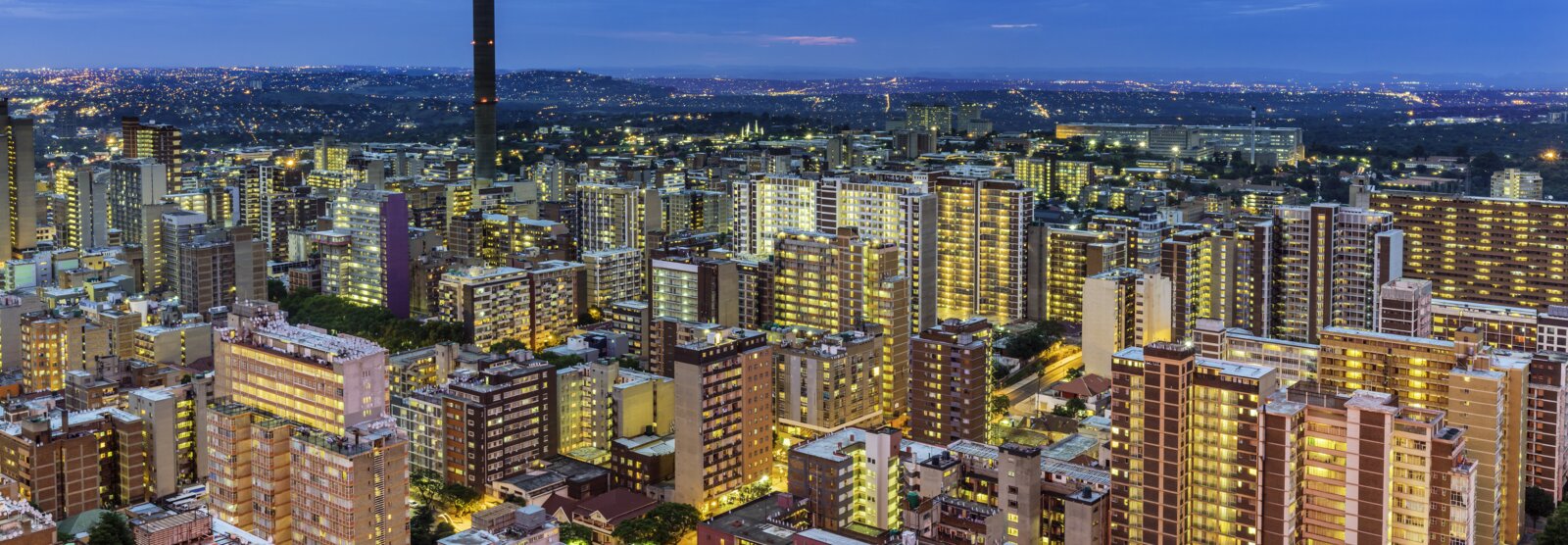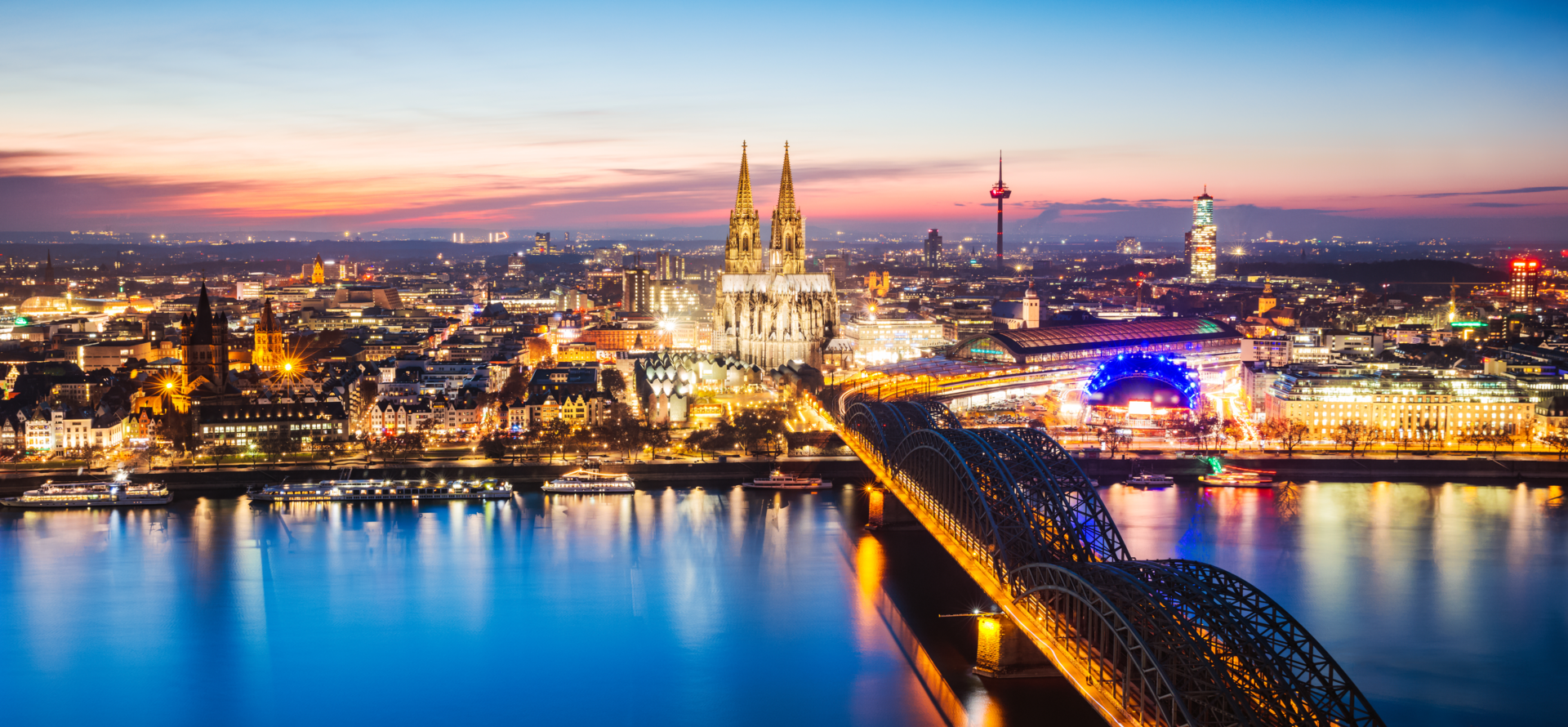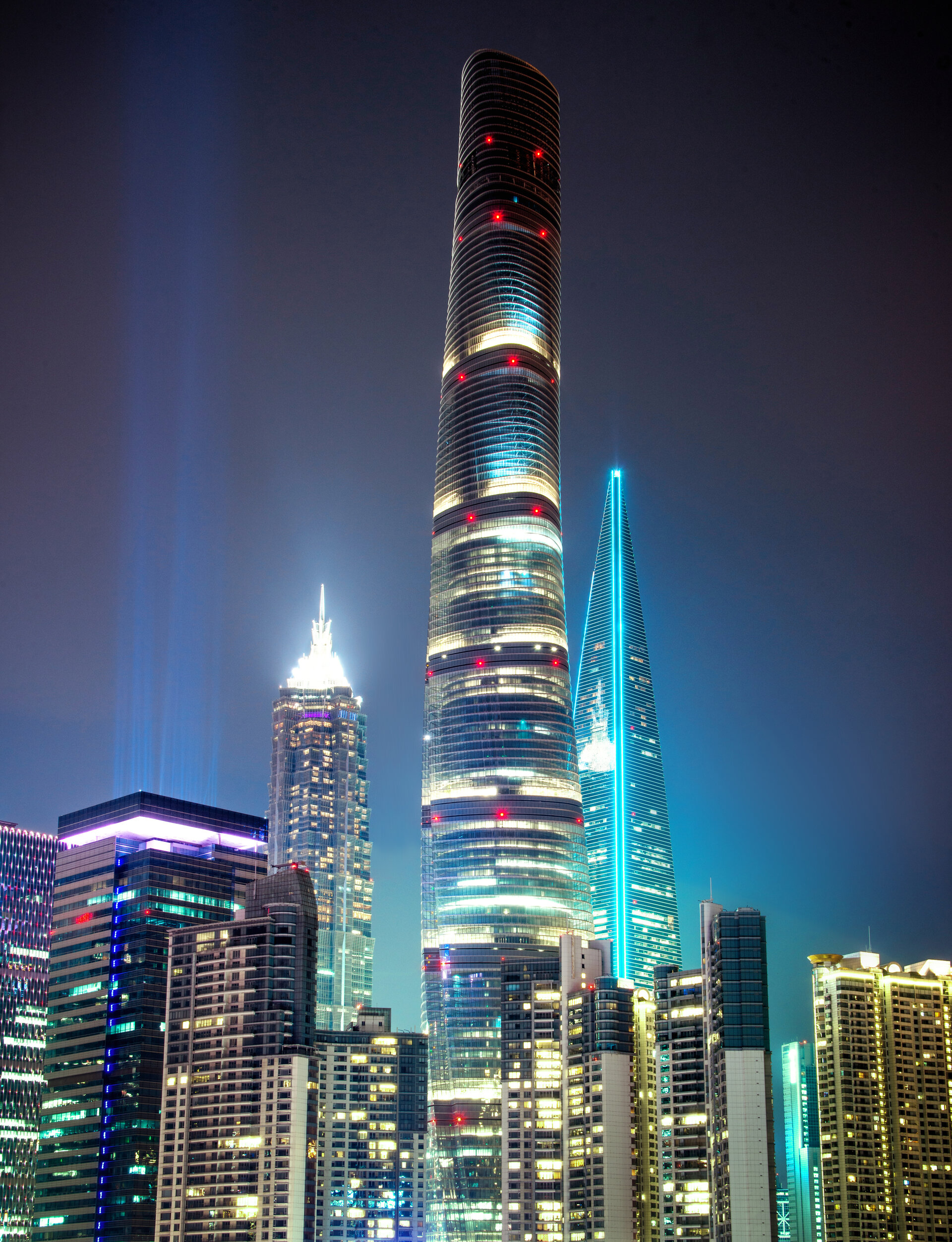
Whether coming in to land on an evening flight or admiring a skyline from across the bay, there’s something quite magical about city lights. They can influence our feelings, our perceptions and even our behavior – often without us noticing.
“These streets will make you feel brand new, big lights will inspire you”
(Jay-Z feat. A. Keys – Empire State of Mind)
You don’t have to look too hard to find songs that allude to city lights. They seem to possess a certain mysticism or romanticism that can indeed inspire us. Most importantly though, they serve functions. They can make us feel safe and secure; they can make a city marketable and they can accentuate architecture. But which takes priority?
“The bright array of city lights as far as I can see”
(Bill Anderson - City Lights)
“You could compare city lighting to a pyramid,” explains Michael Stats, Vertical Application Manager Transportation & Outdoor at LEDVANCE. “Certain functional needs are the foundation and safety is paramount. Moving up a level you can start to think about aesthetic questions and above that again, it’s about additional functionality.”
When he refers to safety however, he is in fact referring to two types of safety. One in the sense that cities must be adequately lit to ensure accident free ambulation via steps, crossings, streets etc. This means well directed bright lights within main pedestrian thoroughfares. The other type is the subjective feeling of personal security:
“Lighting has a huge influence on peoples’ feeling of safety,” claims Stats. “The big challenge cities face is to install lighting which makes everybody feel safe and comfortable.” But how exactly is this achieved? Light quality is one factor: not just brightness but color rendering too. “The better the color rendering is – i.e. how true colors appear, the easier pedestrians can recognize the people around them. This makes them feel safer in large crowds for example,” Stats goes on to explain.
“Finds a convenient streetlight, steps out of the shade”
(Dire Straits - Romeo & Juliet)
However, the challenge doesn’t end at ensuring safety – as Stats points out: “Cities also have to bear in mind other fundamental aspects such as energy efficiency, lighting quality, legal requirements, durability and maintenance.”
It is for these reasons that more and more cities around the world are retrofitting or upgrading their street lighting to LEDs. “LEDs are very efficient. For the operator, they are attractive because of their high lighting quality, their durability and low maintenance,” explains Stats.
One city that is steering itself to such savings is Glasgow. In 2015 it received a green-loan to start replacing its 70,000 streetlights along main arterial routes with LEDs. It is thought that they will see a 50 % drop in energy consumption while also saving more than 18,000 tons of greenhouse gas emissions over the next 18 years.

“This city’s made of lights”
(Neon lights – Kraftwerk)
These days, cities must be marketable. They are in constant competition to appeal to companies, tourists and the existing residents. Lighting plays an integral role here. A holistic urban lighting approach makes sure the right lighting is in the right places, as Stats explains:
“The more high-grade and safe the lighting looks, the longer people will stroll through the streets or sit outside of cafes in the evening. Inner-city areas in particular should always aim for aesthetically pleasing lighting with a high color rendering index, since they are the business card of any city.”

“Oh you look so beautiful tonight...In the city of blinding lights”
(U2 – City of blinding lights)
Each city possesses one or many architectural showpieces: standout features that they are eager to accentuate. As darkness falls and the city comes alive, only those with exceptional lighting designs will continue to dazzle against the black skies.
Sometimes these showpieces are the tallest skyscrapers in the city; other times they might be bridges, plazas, stations or roads. “Whatever the project, we work closely with the architect to show how lighting can be integrated into not only the design, but also the building materials,” explains Alvis Fong of
Traxon Technologies - an OSRAM subsidiary specialized in building façade lighting. “The lighting must accentuate the architecture but also be durable and reliable.”
“I'm a cigarette burnin' slow on a summer night, she's city lights”
(City Lights - Tim McGraw)
Such accentuating lighting can transform creative visions into unforgettable lighting experiences. Take the Shanghai Tower for example, a Traxon project. The world’s second tallest building (China’s first), standing at 632m is elevated even further by the light show that it boasts each night thanks to the 22,000 sets of LEDs on its façade and 6,500 downlights on the atrium.
“The Shanghai tower is an example of a perfect marriage of architecture and lighting – and how lighting can even tell stories,” says Fong. The building’s curved spiral facade for example, symbolizes the dynamic emergence of modern China and the complementary lighting solution matches this. “We can control lighting to match themes or times of year. We can set winter lighting, summer lighting or lighting for Chinese New Year for example. Lights give buildings character which in turn gives a city its character.”
“Are you a lucky little lady in the city of lights or another lost angel, city of night?”
(L.A. Woman - The Doors)
So what lies ahead for city lighting? Mr. Stats predicts that the focus will be on making city lighting even more efficient – and easier to manage: “This would include automated error reports to a control center which can perform maintenance remotely.”
But perhaps the biggest change is likely to come as the much talked about smart cities become a reality. Returning to his pyramid analogy, this is the “additional functionality” he mentioned: “Lighting is the perfect base for the Smart City mega topic.”
Michael Stats is a city lighting specialist. He holds the role of Vertical Application Manager at LEDVANCE Transportation and Outdoor sector for the DACH region.
Alvis Fong is a building façade lighting expert based in Hong Kong. She is the Marketing Communications Manager at Traxon Technologies – specialists in solid state lighting and control systems.